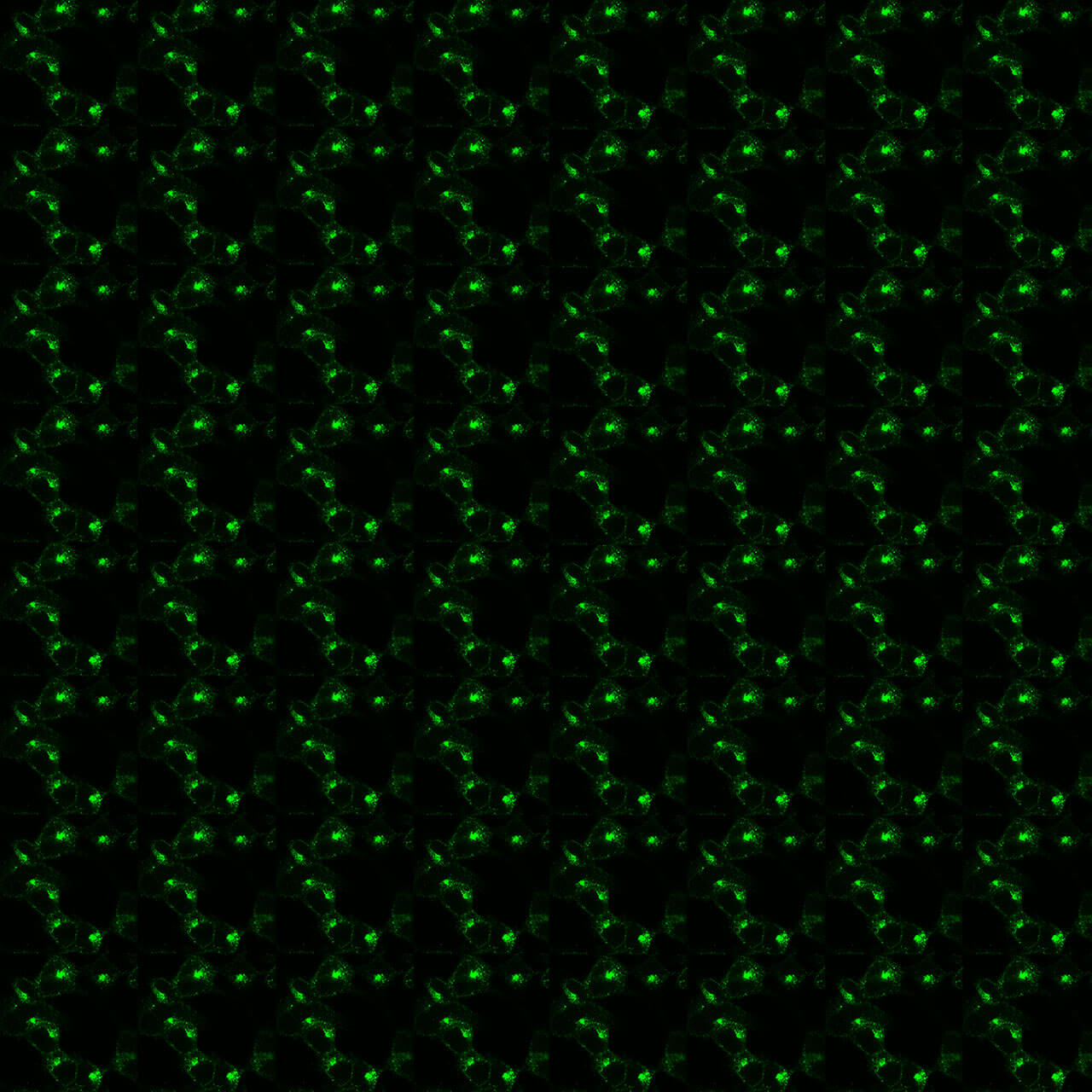No results were found for the filter!
NEW
 pT442/pS443-GIPR (phospho-Gastric Inhibitory...
pT442/pS443-GIPR (phospho-Gastric Inhibitory... Threonine442/Serine443 (T442/S443) is major phosphorylation site of human GIP receptor. The pT442/pS443-GIPR antibody detects phosphorylation in response to agonists. T442/S443 phosphorylation is likely to be involved in efficient ligand...
$ 400.00 *
NEW
 pS344/pS345-P2Y4 (phospho-P2Y Purinoceptor 4...
pS344/pS345-P2Y4 (phospho-P2Y Purinoceptor 4... Serine344/Serine345 (S344/S345) is a major phosphorylation site of the P2Y4 receptor. The pS344/pS345-P2Y4 antibody detects phosphorylation in response to high- and low-efficacy agonists and after PKC activation. S344/S345...
$ 400.00 *
NEW
 pS339-P2Y4 (phospho-P2Y Purinoceptor 4 Antibody)
pS339-P2Y4 (phospho-P2Y Purinoceptor 4 Antibody) Serine339 (S339) is a major phosphorylation site of the P2Y4 receptor. The pS339-P2Y4 antibody detects phosphorylation in response to high- and low-efficacy agonists and after PKC activation. S339 phosphorylation is a key regulator of...
$ 400.00 *
NEW
 pT351-P2Y4 (phospho-P2Y Purinoceptor 4 Antibody)
pT351-P2Y4 (phospho-P2Y Purinoceptor 4 Antibody) Threonine351 (T351) is a major phosphorylation site of the P2Y4 receptor. The pT351-P2Y4 antibody detects phosphorylation in response to high- and low-efficacy agonists and after PKC activation. T351 phosphorylation is a key regulator of...
$ 400.00 *
NEW
 pS323-P2Y12 (phospho-P2Y Purinoceptor 12 Antibody)
pS323-P2Y12 (phospho-P2Y Purinoceptor 12 Antibody) Serine323 (S323) is a major phosphorylation site of the P2Y12 receptor. The pS323-P2Y12 antibody detects phosphorylation in response to high- and low-efficacy agonists and after PKC activation. S323 phosphorylation is a key regulator of...
$ 400.00 *
NEW
 GPR87 (non-phospho-G Protein-Coupled Receptor...
GPR87 (non-phospho-G Protein-Coupled Receptor... The GPR87 antibody is directed against the distal end of the carboxyl-terminal tail of mouse, rat and human GRP87. It can be used to detect total GPR87 receptors in Western blots independent of phosphorylation. The GPR87 antibody can...
$ 400.00 *
NEW
 pS594/pT597/pS599-SMO (phospho-SMO Receptor...
pS594/pT597/pS599-SMO (phospho-SMO Receptor... Serine594/Threonine597/Serine599 (S594/S597/S599) is major GRK2 phosphorylation site of the SMO receptor. The pS594/pT597/pS599-SMO antibody detects phosphorylation in response to agonists. The pS594/pT597/pS599-SMO antibody can be used...
$ 400.00 *
NEW
 PAR2 (IHC-grade), Proteinase-Activated Receptor...
PAR2 (IHC-grade), Proteinase-Activated Receptor... The PAR2 antibody is directed against the distal end of the carboxyl-terminal tail of mouse, rat and human PAR2. It can be used to detect total PAR2 receptors in Western blots independent of phosphorylation. The PAR2 antibody can also be...
$ 400.00 *
NEW
 pT404-β1 (phospho-β1-Adrenoceptor Antibody)
pT404-β1 (phospho-β1-Adrenoceptor Antibody) Threonine404 (T404) is a major phosphorylation site of the β1 adrenoceptor. The pT404-β1 antibody detects phosphorylation in response to high- and low-efficacy agonists but not after PKC activation. T404 phosphorylation is primarily...
$ 400.00 *
NEW
 β1 (non-phospho), β1-Adrenoceptor Antibody
β1 (non-phospho), β1-Adrenoceptor Antibody The non-phospho- β1 antibody is directed against the carboxyl-terminal tail of human β1 . It can be used to detect total β1 receptors in Western blots independent of phosphorylation. The non-phospho- β1 antibody can also be used to...
$ 400.00 *
NEW
 pS366/pS369-PAR4 (phospho-Proteinase-Activated...
pS366/pS369-PAR4 (phospho-Proteinase-Activated... Serine366/Serine369 (S366/S369) is a major phosphorylation site of the Proteinase-Activated Receptor 4 (PAR4). The pS366/pS369-PAR4 antibody detects phosphorylation in response to agonists. S366/S369 phosphorylation is likely to be...
$ 400.00 *
NEW
 pS374/pT379-PAR4 (phospho-Proteinase-Activated...
pS374/pT379-PAR4 (phospho-Proteinase-Activated... Serine374/Threonine379 (S374/T379) is a major phosphorylation site of the Proteinase-Activated Receptor 4 (PAR4). The pS374/pT379-PAR4 antibody detects phosphorylation in response to agonists. S374/T379 phosphorylation is likely to be...
$ 400.00 *
NEW
 pS381/pS382-PAR4 (phospho-Proteinase-Activated...
pS381/pS382-PAR4 (phospho-Proteinase-Activated... Serine381/Serine382 (S381/S382) is a major phosphorylation site of the Proteinase-Activated Receptor 4 (PAR4). The pS381/pS382-PAR4 antibody detects phosphorylation in response to agonists. S381/S382 phosphorylation is likely to be...
$ 400.00 *
NEW
 pS313-MRGPRX2 (phospho-MRGPRX2 Mas-related...
pS313-MRGPRX2 (phospho-MRGPRX2 Mas-related... Serine313 (S313) is a major phosphorylation site of the MRGPRX2 Mas-related receptor. The pS313-MRGPRX2 antibody detects phosphorylation in response to high- and low-efficacy agonists and after PKC activation. S313 phosphorylation is a...
$ 400.00 *
NEW
 pS327/pS328-MRGPRX2 (phospho-MRGPRX2...
pS327/pS328-MRGPRX2 (phospho-MRGPRX2... Serine327/Serine328 (S327/S329) is a major phosphorylation site of the MRGPRX2 Mas-related receptor. The pS327/pS328-MRGPRX2 antibody detects phosphorylation in response to high- and low-efficacy agonists and after PKC activation....
$ 400.00 *
Citations
NEW
 pS425-CB1 (phospho-Cannabinoid Receptor 1...
pS425-CB1 (phospho-Cannabinoid Receptor 1... Serine425 (S425) is major phosphorylation site of the Cannabinoid Receptor 1 (CB1). The pS425-CB1 antibody detects phosphorylation in response to agonists. S425 phosphorylation is likely to be involved in efficient ligand sequestration...
$ 400.00 *
Recently viewed


